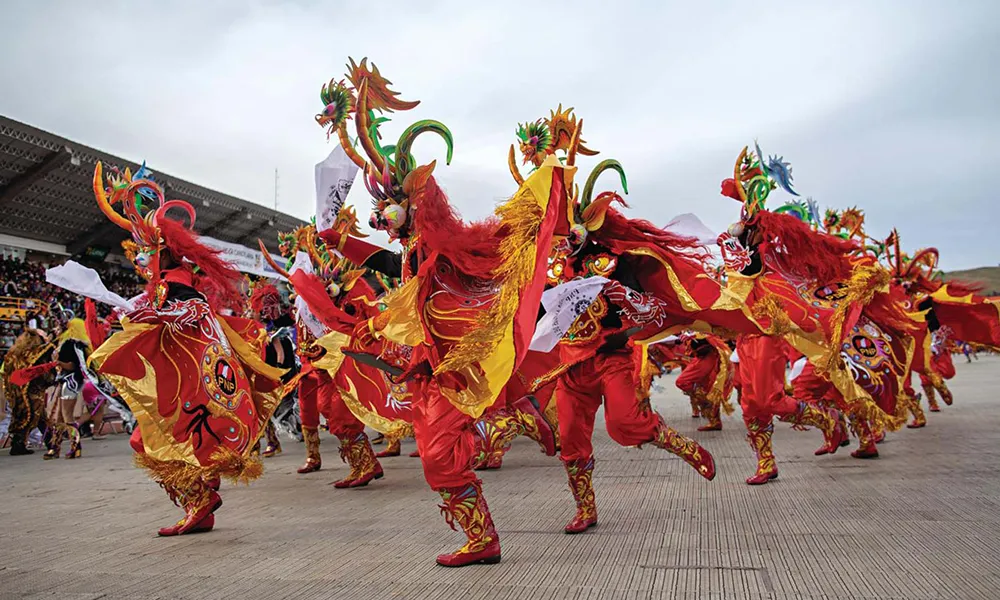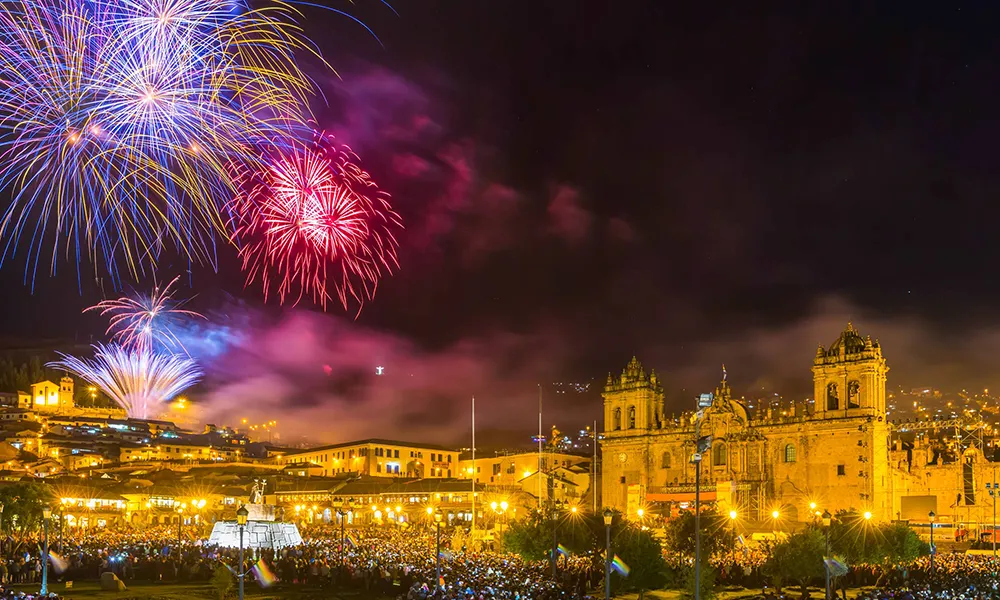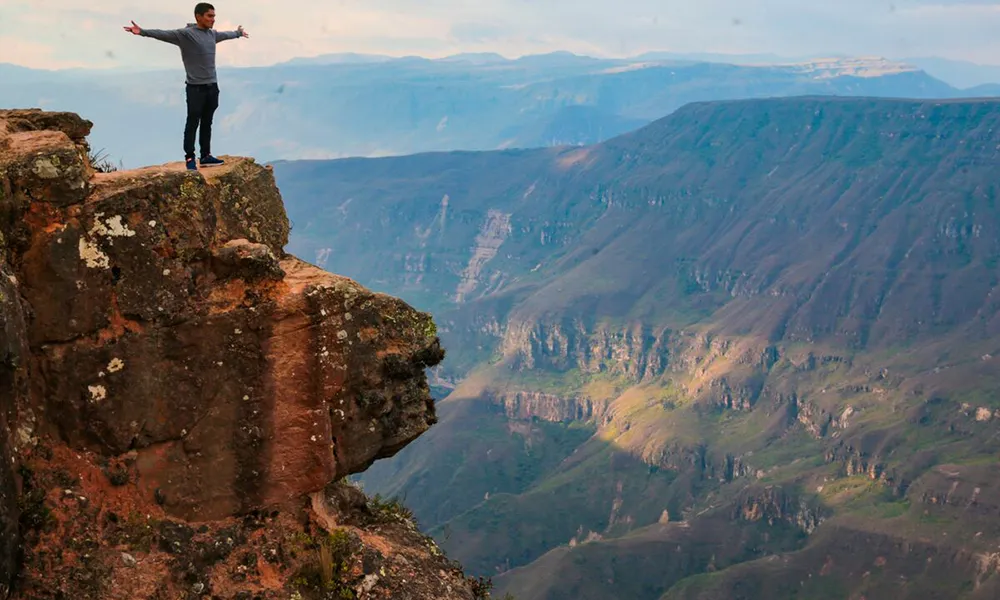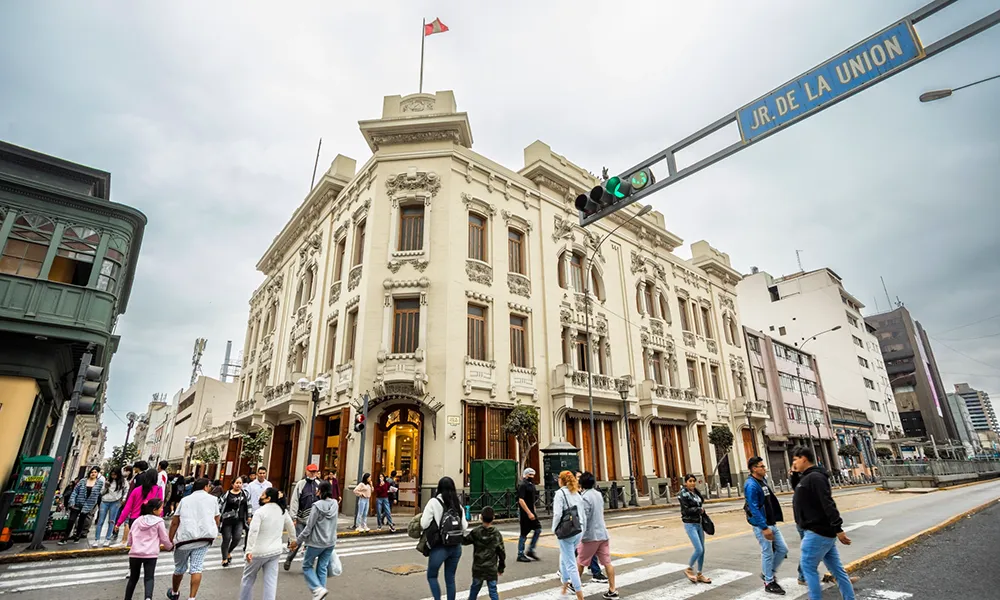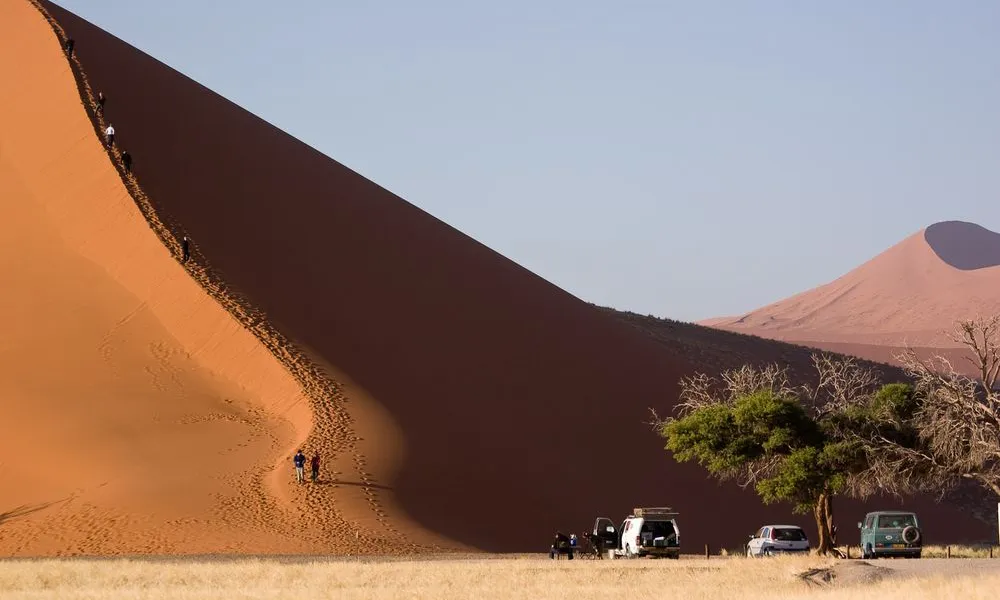Traditional Dances of Peru for American Travelers
🌎 Introduction
Peru is a country where culture doesn’t just live in museums — it moves, sings, and breathes through dance. From the misty Andes to the warm Pacific coast and the depths of the Amazon, every rhythm tells a story of identity, resistance, and joy.
For American tourists, exploring Peru’s traditional dances means connecting directly with the country’s heritage. Each performance reveals a chapter of its history — from the legacy of ancient civilizations to the fusion of Spanish and African traditions that took root during the colonial era.
Watching a Peruvian dance is like opening a living book: the costumes reflect the colors of the land, the steps echo the heartbeat of the people, and the music narrates centuries of emotion. To truly understand Peru, one must see it dance.
🏝️ Dances of the Coast: Elegance, Energy, and Celebration
1. Marinera Norteña – The Dance of Love
The Marinera is considered the national dance of Peru and embodies the spirit of romance and grace. Originating from the northern coast, particularly the city of Trujillo, it tells a love story between a man and a woman who flirt and court through movements full of rhythm and elegance.
The dancers hold white handkerchiefs that swirl through the air like symbols of affection and pride. The man moves with gallant confidence, while the woman glides with charm and dignity, her bare feet brushing the ground in perfect timing.
-
Musical instruments: guitar, cajón, and trumpets.
-
Costume details: women wear wide skirts with lace embroidery; men use straw hats and fine white suits.
-
Meaning: the Marinera celebrates love, freedom, and national identity.
Every January, the Festival Nacional de la Marinera transforms Trujillo into a city of music and movement — thousands of dancers from across the country perform in a swirl of colors and emotion.
2. Festejo – Afro-Peruvian Rhythm and Soul
Along the central and southern coast, in regions like Chincha and Cañete, lives one of Peru’s most powerful cultural expressions: the Festejo. Rooted in the Afro-Peruvian community, this dance is an explosion of rhythm, strength, and joy.
Its syncopated beats on the cajón (wooden box drum) and the quijada (donkey jawbone) fill the air with energy, while dancers move their hips and feet in harmony with the melody. The Festejo celebrates freedom and resilience, born from the creativity of enslaved Africans who transformed pain into art.
-
Atmosphere: festive, vibrant, and deeply emotional.
-
Occasions: performed during Peru’s Independence Day celebrations, religious festivals, and coastal carnivals.
-
Cultural essence: a dance that keeps Afro-Peruvian heritage alive through music and movement.
For American visitors, attending a Festejo show in Lima or Chincha means feeling the heartbeat of the coast — a rhythm that invites everyone to dance.
🏔️ Dances of the Andes: Faith, Identity, and Spirit
3. Huayno – The Voice of the Mountains
In the high Andes, music and dance are inseparable from daily life. The Huayno is the most widespread traditional dance of the Andean world, symbolizing love for the land and respect for the Pachamama (Mother Earth).
Its origins date back to pre-Inca rituals, later fused with Spanish melodies after colonization. The dance is performed during harvests, weddings, and community festivals, where men and women dance hand in hand to joyful, nostalgic tunes.
-
Instruments: pan flutes, charango (small string instrument), harp, and violin.
-
Clothing: women wear colorful layered skirts called polleras; men use ponchos and wide-brimmed hats.
-
Emotion: the Huayno can be both cheerful and melancholic, often reflecting the bittersweet rhythm of mountain life.
During the Inti Raymi (Festival of the Sun) in Cusco, hundreds of performers fill the plazas with synchronized steps, transforming the city into a living tribute to Inca heritage.
4. Danza de las Tijeras – The Scissors Dance
Few dances in the world combine artistry, spirituality, and physical endurance like the Scissors Dance from Ayacucho and Huancavelica. The dancers, called danzaq, perform acrobatic jumps, spins, and contortions while holding two sharp metal blades that clash rhythmically.
Legend says this dance began centuries ago as a ritual competition between Andean priests who challenged each other to prove their strength and divine connection. Today, it remains a symbol of cultural resilience and devotion.
-
Meaning: a representation of the eternal balance between the sacred and the earthly.
-
Performance: often lasts hours, accompanied by harp and violin.
-
Cultural recognition: declared an Intangible Cultural Heritage of Humanity by UNESCO.
Watching this dance is to witness the human spirit in motion — a perfect harmony between endurance, precision, and faith.
5. Carnaval de Puno – The Altiplano’s Living Folklore
On the shores of Lake Titicaca, the city of Puno becomes the “Folkloric Capital of Peru.” Every February, thousands of dancers and musicians fill its streets during the Carnaval de Puno, one of South America’s most spectacular cultural celebrations.
The festival honors the Virgin of Candelaria and blends Catholic devotion with ancient Andean beliefs.
-
La Diablada (Dance of the Devils): dramatic costumes, elaborate masks, and a symbolic battle between good and evil.
-
Morenada: elegant processions with heavy costumes and slow, rhythmic movements representing colonial history.
-
Caporales: energetic choreography inspired by African and Spanish influences.
For American travelers, Puno’s carnival offers an unforgettable sensory experience — brass bands echo across the lake, dancers parade for hours, and color fills every corner of the city.
🌿 Dances of the Amazon: The Spirit of Nature
6. Danza de los Shapish – Warriors of the Jungle
In the Amazonian region of Huánuco, the Shapish Dance honors the ancient warriors of the jungle. Dancers wear headdresses of tropical feathers, paint their faces, and carry spears or rattles that imitate the sounds of the forest.
The choreography is dynamic, representing hunting, victory, and communion with nature. The beat of drums and bamboo flutes recreates the pulse of the rainforest — wild, spiritual, and free.
-
Purpose: to thank the jungle’s spirits for protection and abundance.
-
Setting: performed during regional festivals and community gatherings.
American visitors who witness this dance will see the Amazon not only as a natural wonder but as a living culture that breathes through music.
7. Anaconda Dance – Symbol of Life and Renewal
Among the Indigenous peoples of the Amazon River basin, the Anaconda Dance celebrates fertility and the eternal cycle of nature. Dancers form long, undulating lines that symbolize the serpent moving through water.
-
Symbolism: creation, power, and transformation.
-
Atmosphere: mystical and meditative, often performed at night around a fire.
-
Cultural value: connects human life with the rhythms of the forest and the flow of rivers.
This dance expresses deep respect for nature — something that resonates deeply with eco-conscious travelers from around the world.
🎭 National Festivals and Cultural Celebrations
Peru’s cultural calendar is filled with events that showcase these dances in their most authentic form. For American tourists interested in folklore and cultural tourism, these festivals offer unforgettable experiences:
-
Inti Raymi (Cusco – June 24): a grand Inca ceremony honoring the Sun God, featuring dances, music, and costumes representing the four regions of the ancient empire.
-
Virgen del Carmen (Paucartambo – July): a colorful festival that combines Andean rituals and Catholic devotion, with more than a dozen traditional dance troupes.
-
Festival Nacional de la Marinera (Trujillo – January): the largest dance competition in Peru, celebrating elegance and national pride.
-
Carnaval de Puno (February): a massive celebration of Andean folklore, dance, and faith.
-
Fiestas Patrias (July 28–29): Peru’s national holiday, marked by parades, Marinera performances, and coastal Festejo concerts.
Each of these festivals opens a window into the country’s living identity — traditions passed down for generations and still performed with passion and pride.
💬 Travel Tips for American Visitors
-
Timing: Plan your trip according to regional festivities; many take place between June and August.
-
Participation: Locals often invite visitors to join. Dancing is encouraged, even for beginners.
-
Etiquette: Ask permission before taking photos, especially in sacred or community ceremonies.
-
Language: Spanish is spoken everywhere; English is common in tourist areas, but learning a few words like gracias or buenos días goes a long way.
-
What to pack: In the Andes, bring layers and sunscreen; for the coast, light clothes and a hat; for the Amazon, breathable fabrics and insect repellent.
🌺 Conclusion
The traditional dances of Peru are not just performances — they are expressions of history, devotion, and the joy of being alive. For American travelers, witnessing these dances is a journey into the soul of the country, a chance to feel the rhythm of its people and understand their stories without words.
From the graceful handkerchiefs of the Marinera, to the powerful drums of the Festejo, the mystical endurance of the Scissors Dance, and the colorful devotion of Puno’s Carnival, Peru’s culture dances in every corner.
Each step, each song, and each costume carries centuries of meaning. Watching them unfold in real time is to experience a living heritage that continues to evolve while honoring its roots.
Peru invites travelers not only to see its landscapes but to feel its rhythm — a rhythm that unites coast, mountains, and jungle in a celebration of life itself.


